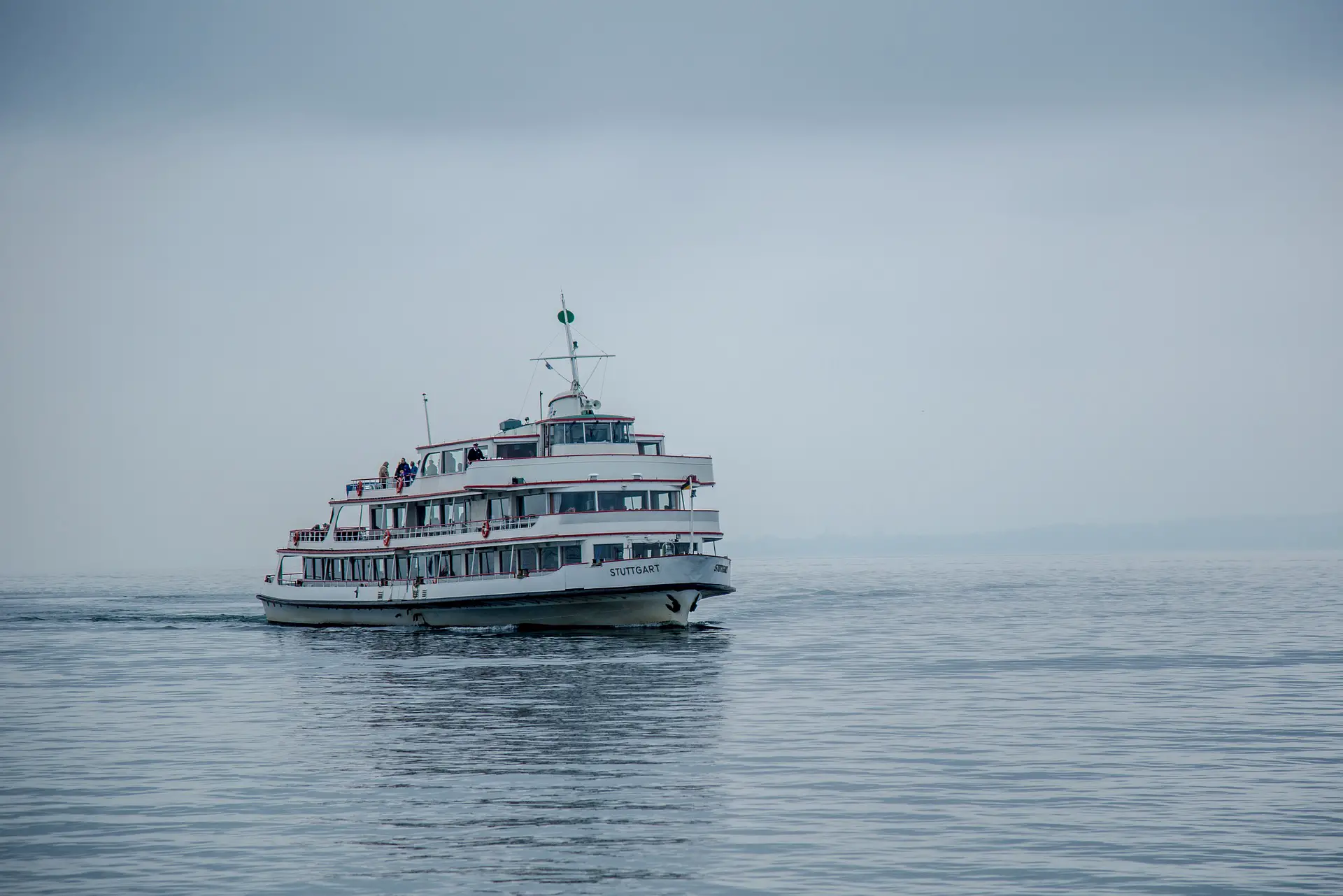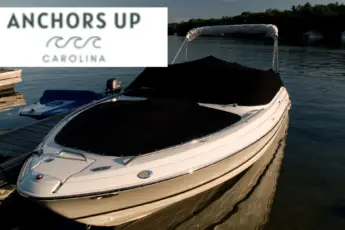One of the most widely used forms of transportation to cross bodies of water is ferries. Ferry vessels operate through Georgia, South Carolina, and North Carolina, transporting goods and people. A ferry is easy to spot because of its design and coloration. When traveling to seaside villages and cities along the coast, it is not uncommon to spot ferries operating on routes routinely. Here is what you need to know about a ferry boat.
Why Do They Call It A Ferry Boat
There are numerous varities of ferries including vessels, vehicles, and aircraft. However, we are referring to marine based ferries.
A ferry boat moves across the surface of the water. Ferries operate on rivers, lakes, coastal waters, and the open ocean. The purpose of the ferry is to transport people, vehicles, and freight over water from one port to another.
It is not uncommon to see more than one type of ferry operating in the same body of water and serving a different purpose.
What Is The Driver Of A Ferry Called
The ferry operator takes on numerous names, but they serve the same purpose no matter the name.
When it comes to the name of a ferry driver, they include captain, ferryman, helmsman, among others.
What is most important about ferry operators is that they remain focused while the vessel is underway. Failing to navigate safely results in injuries or death. Ferry drivers undergo maritime training to become educated on navigational regulations to avoid accidents.
Learn how to become a captain by reading. A ferry boat captain is an excellent career choice.
Is A Ferry A Boat
Many ask the question of whether a ferry is considered a boat. Ferries are deemed boats because they move on the surface of the water. However, a ferry differs by design based on a multitude of reasons.
Boat Size
Ferries come in all shapes and sizes. Not all ferry vessels look the same. A ferry ranges from a small passenger vessel in inland waters to massive ships in the open waters when it comes to sizing.
Keep in mind massive farries carrying hundreds of people from point A to Point B can equally match the size of a ferry carrying vehicles or cargo.
Boat Hull Design
Despite ferries being considered boats, the hull design varies significantly. Ferries operating in calm, shallow waters are equipped with a flatter hull than ocean-going vessels with a deep V hull to cut through rough seas in open waters.
Additionally, top-heavy ferries with elevated decks for passengers or cargo elevated well above the water line require deep hulls to prevent overturning in rough seas. Top-heavy vessels are subject to extreme rocking and the risk of capsizing.
Boat Loading Ramps
Passengers, cargo, and vehicles are loaded and unloaded from ferries daily across Georgia, South Carolina, and North Carolina.
When cargo or vehicles are loaded onto ferries, the most common method to receive either of the two is by a platform extending from the stern or bow of the vessel.
When manufactuing the loading ramp it consists of sturdy materials to withstand weight. A loading dock rececieves vehicles or cargo. The platform connects to the loading dock.
Passenger ferries are equipped with gangways. Gangways are flat platforms with railings that extend from the boat to the dock. The walkway allows passengers to board and exit the watercraft when departing or arriving.
How Are Ferry Boats Powered
When it comes to power, ferries differ in the method of propulsion. The type of propulsion is highly dependent on the load capacity and body of water in which they operate. Here are the different types of propulsion.
Electric Ferries
When transporting a limited number of passengers, electric ferries are the prefered choice. In calm water with minimal current you will find electric ferries. Lastly, electric ferries are quiet producing little to no sound.
Desiel Ferries
When it comes to power diesels crank out the highest amount. Diesels transport heavy loads of cargo and vehicles.
In addition to power output, diesel engines are more efficient when compared to gasoline-powered ferry boats. Caterpillar designes and manufacturers high quality marine engines.
Gasoline Ferries
Unlike diesel engines, gasoline engines are common aboard ferries operating in inland waters, lakes, rivers, and reservoirs.
The ferries are generally smaller in size and transport people rather than cargo over short distances.
Now You Have Answers To 4 Common Questions About Ferry Boats
The next time you are heading on a ferry or see one off in the distance, you will better understand the types and how they operate. Ferries are instrumental in transporting people, cargo, and vehicles over water where bridges do not exist or shorten travel time. One of the most picturesque ferry boat rides is in Savannah, Georgia, on the Savannah Belles Ferry. When you’re on a ferry, take in the sights and sounds of the surrounding land and water beneath you.






